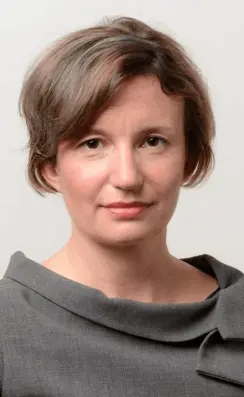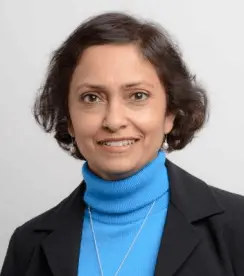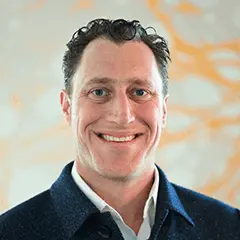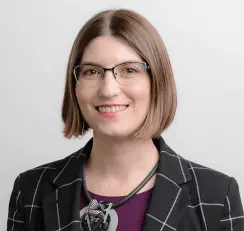 | 1.5 LU |
 | 1.5 LU |
A community is a group of people with a common purpose, shared values, and agreement on goals. Communities have powerful qualities that shape learning and the power to motivate their members to exceptional performance. Communities can also offer comfort, support, and a sense of security to their members, all elements that students today struggle to find. Studies increasingly suggest that design and built space can contribute significantly to physical and mental health and wellness and assist in community building by addressing basic physical and psychological needs of the end-user. The COVID-19 pandemic has revealed the depth of inequities in our educational system and the fact that many educational settings never get the benefit of evidence-based research, and more than ever we are struggling to maintain the stabilizing effect of community in learning environments. Sponsored by the ONEder grant, our team engaged in a 9-month long research process with the goal of exploring strategies to rebuild community in school environments without relying on pre-conceived notions of what these spaces should be like. We conducted a series of workshops intended to facilitate a discussion with the occupants (either students, faculty, or both) about what community is, what it might mean in the context of the learning environment, and to identify elements that would help build community and those that need to be avoided. The result is a free website-based tool, www.communitythrudesign.com, for everyone who wants to build a sense of community in their learning environment, whether they are school administrators, facility managers, design professionals, or self-driven students. Our intent is to feature a shorter version of the workshop as part of our session and provide the participants with the tools to build and change their own community. Educational environments tend to be too rigid and institutional, sending the message to conform, and lacking the ability to adapt to student needs as they arise. Students and teachers are forced to tolerate the discomfort by dampening their sensitivity to the quality of physical space. Providing operational interventions that can be customized on the fly as circumstances change results in a school that is resilient. We focus on what we can do right now to rebound from past challenges and build a culture that can withstand whatever the future brings.
Learning Objectives:

Morana has been teaching at the San Jose State University (SJSU) since 2008 and more recently at West Valley Community College. She teaches Interior Design covering topics of building codes, architectural systems, and sustainable design. She also leads the Interior Design Department at Artik Art + Architecture, an educational architecture firm. Her passion is using great design to promote the health and wellness of building occupants and educating the community about well-being in built environments.

Gayatri is an associate at Artik Art + Architecture, an educational architecture firm, where she heads the architectural team. Her 20+ years of experience span the range of educational, non-profit, and community projects. Gayatri believes architecture can make a significant difference in quality of life and strives to create spaces where people of varied backgrounds feel welcome. Her team won the ONEder research grant in 2021 to conduct evidence-based research on building community in learning environments.

Josh partners with schools, manufacturers, and architecture and design firms to provide innovative and impactful learning environments. He is the fourth generation in his family dedicated to the field of education and believes creating dynamic learning environments can facilitate greater human connection to one another and the environment. Josh is Past-President of A4LE in Northern California/Northern Nevada, has a BA in History from Whitman College, and an MBA from Arizona State University.

Allison is the interiors job captain at Artik. Allison has worked on a variety of commercial and educational projects for the past eight years and is excited to focus more fully on educational spaces. She believes that a well-designed interior should not only address a clients’ program but be able to adapt to a variety of user needs. Figuring out how an interior can be accessible, adaptable, functional, and aesthetically pleasing is a balancing act she always enjoys. Allison views every challenge as a learning experience and is always eager to expand her knowledge base and personal library.
This track focuses on Resiliency and addresses how learning environments support the development of students and communities that have the strength and flexibility to withstand adversity and adapt to change. The COVID-19 pandemic demonstrated the essential role that schools have in stabilizing communities during a time of crisis. How do schools support the development of strong community culture among teachers and students? How do schools foster physical and mental health and wellness to ensure all are ready and supported to learn? How do we create learning environments that are strong in intent yet adaptable to change? How do we learn from what does not work and further, learn to take risks daily to expand our comfort zone? What can we learn from research and our responses to past events to inform how to build toward a resilient future where we can withstand what crises and challenges the future brings? Topic areas, seen through the lenses of both Art and Science, include sustainability, physical and mental health, community, school climate and culture, safety, and security.
Primary Core Competency
Community Engagement: Leads the internal and external communities through a discovery process that articulates and communicates a community-based foundational vision, forming the basis of a plan for the design of the learning environment. The vision is achieved through a combination of rigorous research, group facilitation, strategic conversations, qualitative and quantitative surveys and workshops. Demonstrates the skill to resolve stakeholder issues while embedding a community's unique vision into the vision for its schools.